Strong Retail Fundamentals Drive Investor Demand
Open-air occupancy across the country exceeds 95 percent, notes JLL's Jim Hamilton.

Investor demand for retail assets across the country is at an all-time high due to the segment’s exceptionally strong fundamentals, high occupancy rates, lack of supply and notable rental rate growth across the U.S. In turn, there has been a tangible rotation and shift away from other property types into retail investment sales opportunities, particularly in the Southeast and Sun Belt regions of the U.S., with grocery-anchored and unanchored strip centers ranking among the most desired retail assets by investors.
According to JLL research, the U.S. retail vacancy rate reached an all-time low of 4.6 percent at year-end 2023 in response to the strong absorption of 22.9 million square feet of space. In addition, there were just 7.7 million square feet of net deliveries for the year. Continued strong demand combined with a very limited supply resulted in year-over-year rental rate growth of 4.2 percent nationally.
Currently, open air occupancy across the country exceeds 95 percent with very little new supply at just 15.2 million square feet of new development currently under construction. In fact, during the past 15 years, 70 percent of all new retail development was in the single-tenant space. As a result, it is very rare to find a retail asset with meaningful vacancy today.
While retail investment throughout the country has been robust, there is a growing trend by investors to shift their focus to the Southeast and Sun Belt markets, which have shown the highest rental rate gains across the nation. Further, JLL research shows there is roughly 13 percent less space available in these markets than the national average.
Topping investors’ lists of most desirable retail assets are grocery-anchored and unanchored strip centers. Grocery-anchored centers, for example, tend to attract consumers on a daily and weekly basis and bring recurring traffic into the center, which help to support the surrounding tenants. While on the unanchored strip center side, it’s the everyday service-oriented retailers that have been highly attractive.
Overall, pricing has remained very strong for retail assets throughout the country due to exceptional fundamentals, lack of supply, and pent-up demand from new capital flowing into the sector. Despite the strong pricing, most retail properties price at levels that are much below replacement costs, a critical metric that will limit new supply and provide landlords leverage in lease negotiations. From a bid-ask standpoint, the market is generally meeting sellers’ expectations today. Some of the most aggressive transactions are being purchased by all cash investors. Further, if you compare cap rates today to pre- COVID, cap rates today are little changed and, in many cases, lower, especially in the grocery-anchored and unanchored strip center sectors. This is true despite higher overall borrowing costs caused by rising interest rates and inflation.
Retail rightsizing
Retail leasing fundamentals are the strongest they’ve been in recent history and will continue to be one of the driving forces renewing investor interest in the sector. New retail supply is expected to be anemic for the foreseeable future due to expensive construction costs and elevated tenant improvement allowances that are stressing landlord proformas. Astoundingly, according to JLL research, there has been more than 200 million square feet of retail demolished in the U.S. over the past seven years, with the highest concentrations in California, Texas and Florida. Despite the limited retail space available to lease, retailer expansion plans remain robust with increasing pressure on lease rates, market sizes and store prototypes.
While on a national level approximately 75 percent of retail transactions in 2023 were purchased by private capital, investors of all classes (public REITs, pension funds, core funds, family offices and private capital) are increasing allocations to retail assets based on the durability, overall high occupancy levels and attractive returns compared to other asset classes. In many cases the depth of buyers for retail assets far surpasses levels seen a year ago and even more so compared to pre-COVID. This trend is expected to continue with many investors becoming more aggressive with their exit cap rate assumptions and underwriting little to no expansion. In addition, some investors are even compressing the exit over the going in cap rate.
Despite elevated borrowing costs, many retail investors are achieving positive leverage at asset pricing levels that are in alignment with historical levels. With a significant decrease in inflation and a continued downward trajectory, there has been material lender spread compression over the past 60 to 90 days, most notably by life insurance companies and CMBS lenders, lowering borrowing costs for investors. It is widely believed that interest rates have peaked and expect more stability in capital markets moving forward, which will result in increased transaction volume.
The opportunities for retail investors will continue to be centered on grocery-anchored and unanchored strip centers. However, power centers, lifestyle and urban assets will also attract investor interest in the coming year as they experience meaningful rental rate growth when compared to prior levels.
Jim Hamilton is JLL senior managing director, Capital Markets.

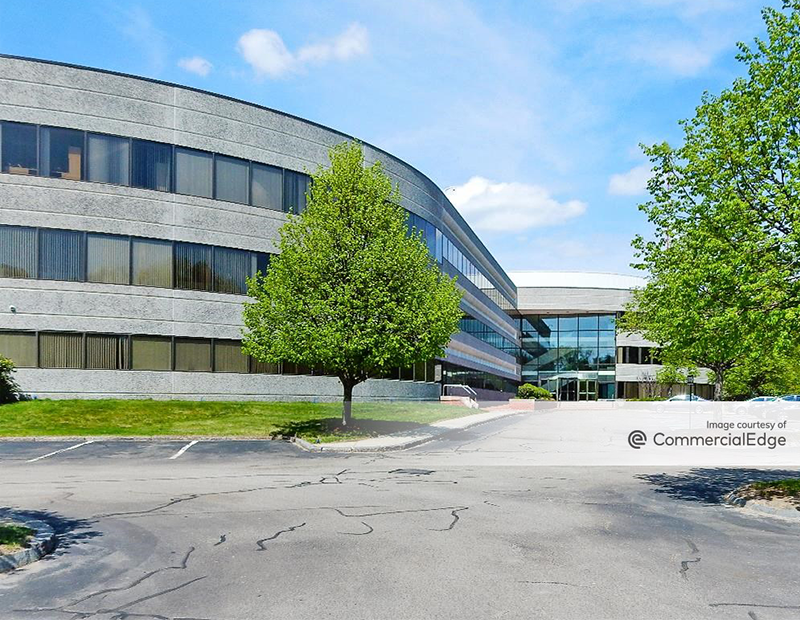
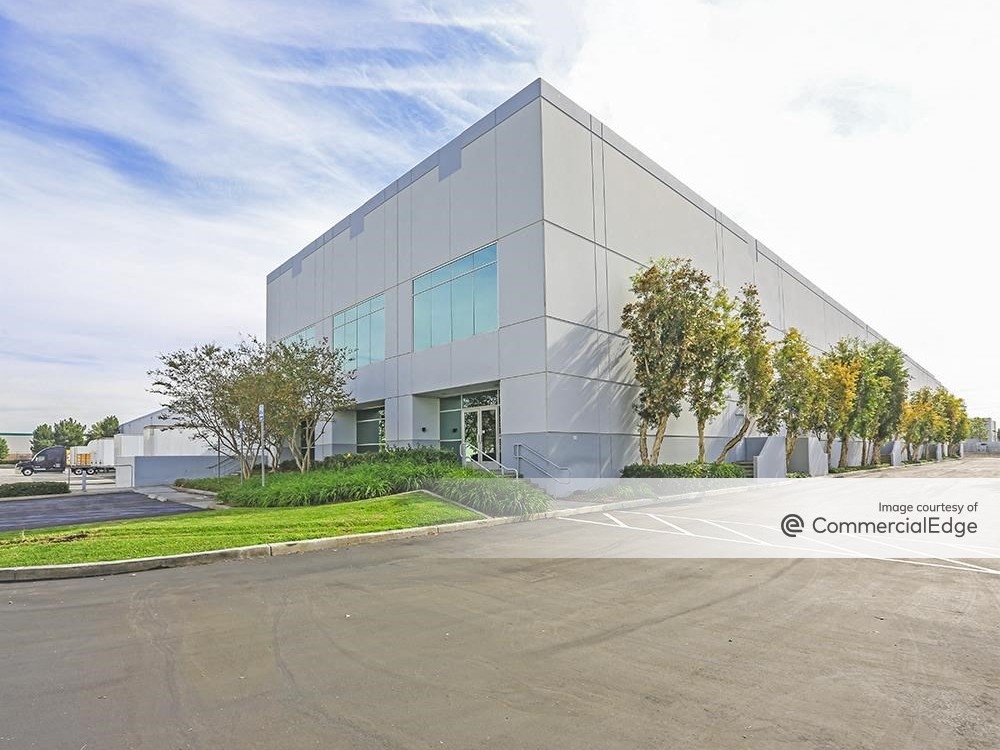
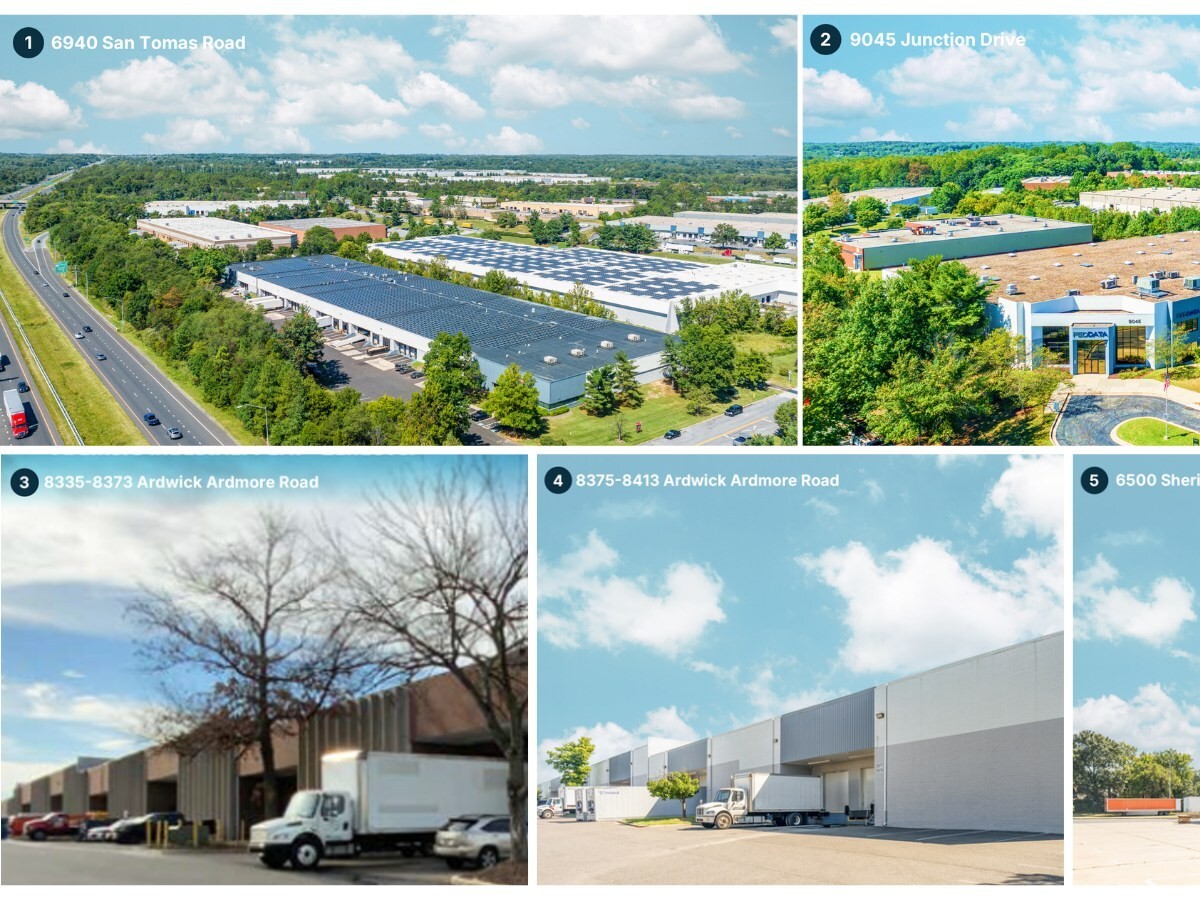
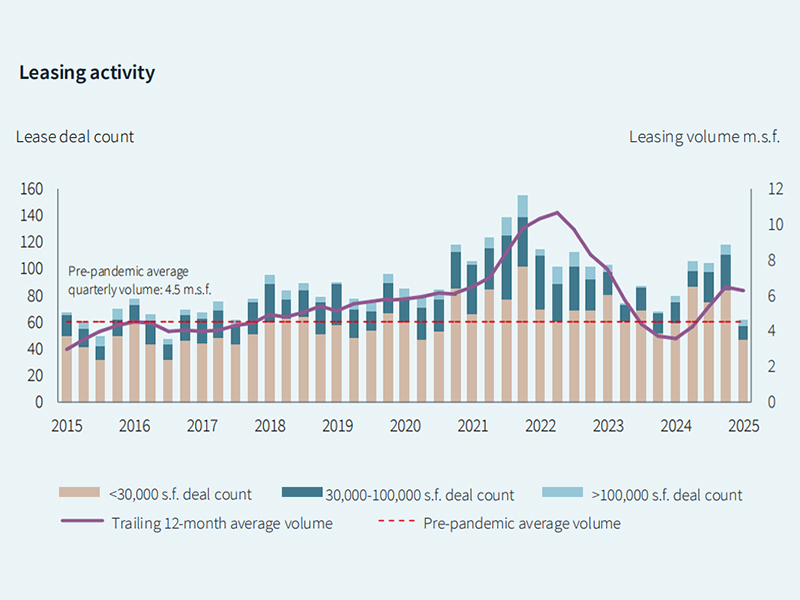
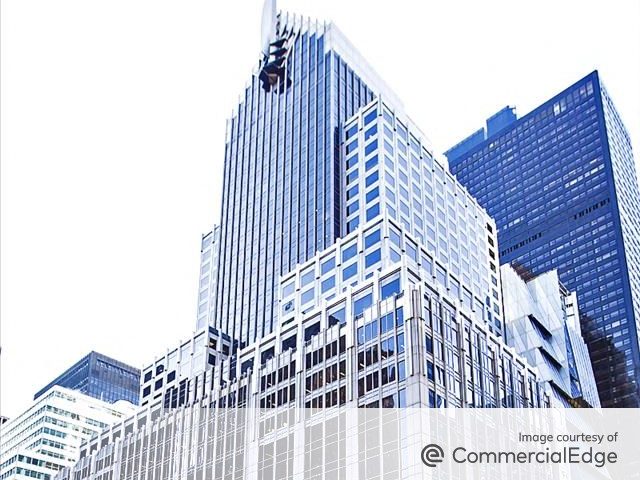
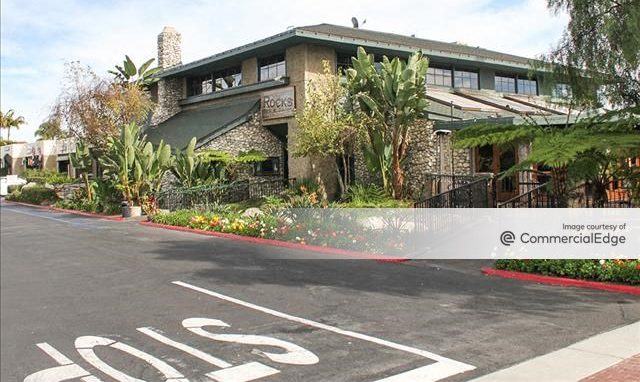
You must be logged in to post a comment.